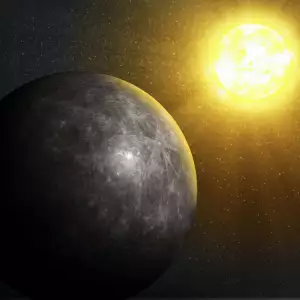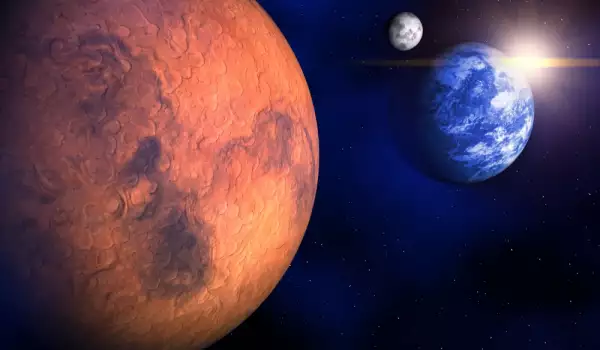In 2016 we'll become witnesses to some rare and beautiful cosmic phenomena, 6 of which we shouldn't miss, advise NASA experts. The most remarkable will be during May when Mercury crosses in front of the Sun.
But before that there will be a total solar eclipse - on March 8, which will last 4 min. and be visible from Indonesia and the western part of the Pacific Ocean. A partial solar eclipse will be visible from Australia, as well the greater part of Asia and Oceania.
There will be several meteor showers in 2016 as well but the majority of them will be obscured by the lunar light. The brightest will be the shooting stars from Eta Aquarids. They are debris from Halley's Comet and the peak of their activity will be on the night of May 6th going on the 7th.
This corresponds to the new moon of the month, allowing even the palest meteors to become visible. There will be up to 30 meteors falling per hour in the northern hemisphere and up to 60 in the southern.

On May 9, Mercury will cross in front of the Sun for the first time in 9 years. The event will be visible in North, South America and Europe.
For a period of 7 hours - between 11:12 and 18:12, under clear skies, we'll have the rare opportunity to witness Mercury crossing in front of the Sun.
On August 23, in the constellation Scorpio we'll be able to see a small parade of the objects Mars, Saturn and Antares, with the naked eye. Several days later, on August 29, the 2 brightest objects in the sky, Venus and Jupiter, will come maximally close to one another.
The final cosmic event we can expect to see in 2016 will be on September 28, when Mars approaches the Lagoon Nebula, which is composed of interstellar clouds of gas and dust.









